Fishes
Media
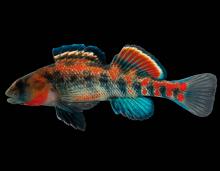
Species Types
Scientific Name
Etheostoma, Percina, Ammocrypta, and Crystallaria spp.
Description
Darters have been described as the hummingbirds of the fish world: colorful, small, and quick. Missouri has about 44 different types of darters. They are most diverse in the fast, clear, rocky streams of the Ozarks.
Media

Species Types
Scientific Name
Percina nasuta
Description
The longnose darter is slender, with a series of 10 to 15 small, indistinct, dark blotches or bars along the midside. It is endangered in Missouri, today known only from the St. Francis River and Lake Wappapello. Historically, it occurred in the White River.
Media
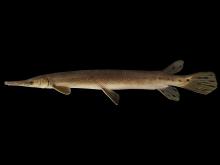
Species Types
Scientific Name
Lepisosteus platostomus
Description
The shortnose gar is named for its relatively short, broad snout. Like other gars, it's a long, cylindrical fish with a long snout and numerous prominent teeth. The body is covered with hard, diamond-shaped scales.
Media
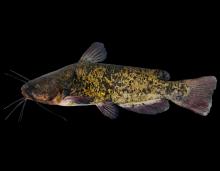
Species Types
Scientific Name
Ameiurus nebulosus
Description
In Missouri, the brown bullhead occurs in quiet, clear waters in wildlife refuges in southeast Missouri. Elsewhere in the state, it is stocked and possibly escapes. It has mottled sides and an elongated barbel at the corner of the mouth.
Media
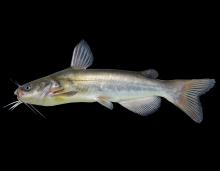
Species Types
Scientific Name
Ameiurus catus
Description
The white catfish is often stocked in fee-fishing lakes and other private waters. It sometimes escapes into natural stream systems. Unlike our other bullheads, it has a moderately (though not deeply) forked tail fin.
Media

Species Types
Scientific Name
Esox masquinongy
Description
The muskellunge is long and slender, with a mouth full of razor-sharp teeth. This big, nonnative pike is stocked in selected lakes in the Ozark region and near St. Louis.
Media
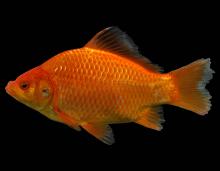
Species Types
Scientific Name
Carassius auratus
Description
Goldfish are not native to North America. They often escape into the wild from bait buckets and other causes, but there are few self-sustaining populations in Missouri.
Media
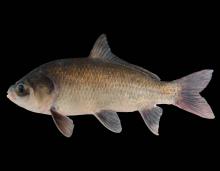
Species Types
Scientific Name
Ictiobus cyprinellus
Description
Missouri's largest sucker, the bigmouth buffalo occurs over much of the state and is most abundant in the Missouri River and its larger tributaries to the north.
Media
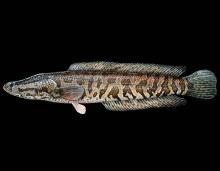
Species Types
Scientific Name
Channa argus and other Channa and Parachanna spp.
Description
Snakeheads are native to Asia and invasive in America. They resemble bowfins and can live in similar habitats. Note the extended anal fin and the pelvic fins located close to the pectoral fins and gills.
Media

Species Types
Scientific Name
Pomoxis annularis
Description
The white crappie, a popular panfish, has silver sides with 5 to 10 often faint vertical bars. The upper jaw reaches past the middle of the eye. It is more abundant and widespread than the black crappie.
See Also


Media

Species Types
Scientific Name
Amphiuma tridactylum
Description
The three-toed amphiuma is an eel-like, completely aquatic salamander. It has very small forelimbs and hind limbs, each with three tiny toes. In Missouri it’s found only in the Bootheel region.
Media

Species Types
Scientific Name
Siren intermedia nettingi
Description
The western lesser siren is an eel-like, aquatic salamander with external gills, small eyes, small forelimbs with four toes, and no hind limbs. In Missouri, it’s found mostly in the Bootheel and northward in counties near the Mississippi River.
About Fishes in Missouri
Missouri has more than 200 kinds of fish, more than are found in most neighboring states. Fishes live in water, breathe with gills, and have fins instead of legs. Most are covered with scales. Most fish in Missouri “look” like fish and could never be confused with anything else. True, lampreys and eels have snakelike bodies — but they also have fins and smooth, slimy skin, which snakes do not.





















